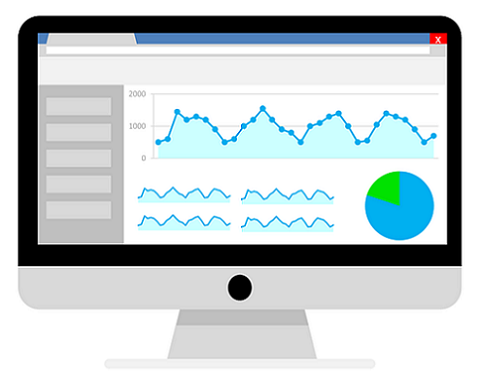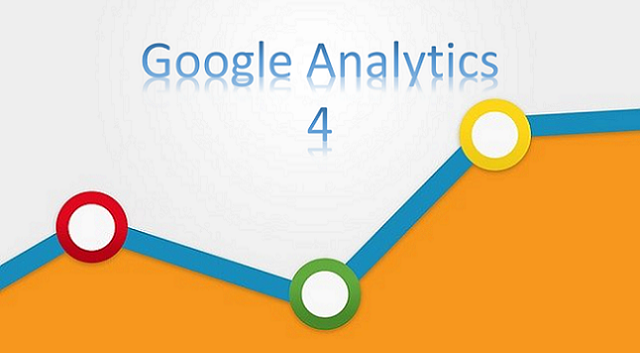Data and analytics are essential for creating an effective digital marketing strategy. One of the biggest advantages to online marketing as compared to conventional marketing is that marketers are able to track to varying degrees the impact of their efforts. Data is used by digital marketing strategists to create campaigns and digital assets that deliver higher return on marketing investment (ROMI).
Google provides some of the most powerful data and analytics tools in a digital marketer’s arsenal. Google Analytics and Google Search Console provide essential information about how users are finding your website and what actions they take once they land on your pages. By understanding user behaviour, you can create more relevant content, improve site design and layout, and deliver a better user experience.
How people use online platforms and connect to the internet has changed a lot since Google Analytics was first introduced. Today, more users connect to the internet via their smartphones than via a computer. Native applications, web applications, and mobile websites have become commonplace. Many businesses today have their own web or native applications.

In October 2020, Google made Google Analytics 4 properties (formerly known as a “App+Web” property) the default for new properties created in analytics. Google Analytics 4 can be used for a website, an application or both a website and an app together.
In this article we take a closer look at Google Analytics 4, the new generation of Google Analytics, to help digital marketing strategists in Jamaica find a way to get more robust information about users in this new online landscape.
How is Google Analytics 4 Different?
Google Analytics 4 is the most significant change to Analytics since its launch. Fundamentally, it uses a very different logic for data structure and data collection. The earlier version of Analytics, known as Universal Analytics, built all its metrics around sessions. A session is group of interactions a user has with your website within a given time frame. It is a unit of measurement used to track the number of visits to a website. For example, if a user comes to your website’s home page and then visits a service page and then finally the contact page before leaving your website, all of the interactions will be considered as one session. If that same user comes back the next day, Universal Analytics would track that visit as a new session.
Google Analytics 4 (GA4) is built around users and events and not sessions. Each interaction a user has with your website is treated as a standalone event. This event-based model is more effective for cross platform analysis. It allows GA4 to more accurately predict user behaviour.
What insights does Google Analytics 4 provide?
As users are becoming more privacy conscious it is becoming increasingly difficult for marketers to track user behaviour across platforms and devices. Google themselves plan to stop supporting third party cookies in Chrome by 2022. Instead of relying on Cookies, GA4 creates a unique identity for each user and utilizes machine learning to create a single user journey for all data and information linked to a unique identity. Read more on what does a cookie-free future mean for online adverting in Jamaica?
Google’s advanced machine learning models are able to provide digital marketers with a complete view of a customer’s journey across devices. One of the best features of GA4 is that marketers will be able to edit and refine what ‘events’ are being tracked directly from the GA4 platform, without the need to edit any code on their website or app. GA4 also simplifies cross domain tracking, making it easier to understand user behaviour between platforms.

New releases to GA4
So far in 2021, Google has executed 10 releases for GA4. Every release comes with new features and functionality. You can read all the 2021 release notes here. Some important updates are:
No more bounce rate:
Bounce rate is one of the most misunderstood metrics from Universal Analytics. GA4 no longer provides data for that metric. Instead GA4 has introduced ‘engagement rate’ a metric that can better reflect how users are interacting with your website.
Easier Conversion Paths:
Customers generally have several touch points with a business before converting. They may see a Google Ad, then find the website organically, once they are ready to buy, they may visit the website directly. Conversion paths allow marketers to understand what path a customer took to a conversion. Universal Analytics provided this data but it was complex and difficult to understand. GA4 provides a Conversion Paths report that consolidates data and shows which channels initiated, assisted and closed the most conversions.
Digital marketing strategies in Jamaica and around the world need to switch to GA4. As privacy laws become more stringent, GA4 is the forward-thinking solution that marketers will have to rely on. If you are looking for digital marketing services in Jamaica to help you make the switch to GA4, contact Toucan Jamaica, a website solutions and digital marketing firm in Kingston with almost a decade of experience working with Jamaican businesses on their digital marketing journey.

